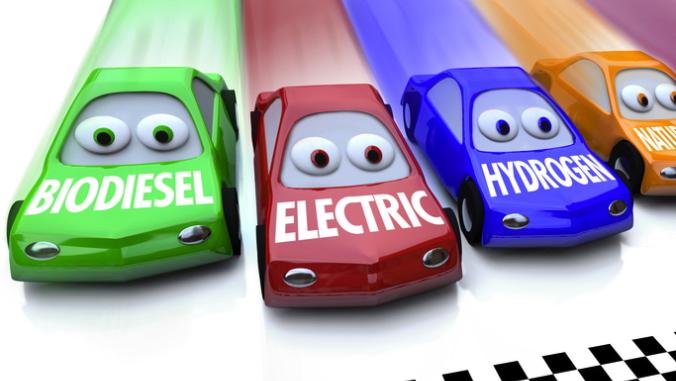Ford Plans to Make Cars Using 30% Less Water
<p>The company's new 2015 target would equal 3.5 cubic meters used to produce one vehicle, compared to 9.5 cubic meters in 2000.</p>

Ford Focus image via Shutterstock.
Over a 10-year span, Ford Motor Company cut its global water use by 62 percent. That adds up to about 10.5 billion gallons.
On a per-vehicle basis, the decline measured in at 49 percent. Now the company wants to further trim the amount of water it takes to build a car by another 30 percent by 2015. That works out to 3.5 cubic meters used to produce one vehicle, compared to 9.5 cubic meters in 2000.
The company announced the goal last week, along with a nifty infographic that illustrates the magnitude of saving 10.5 billion gallons of water (see below).
With many of Ford's factories located in water-stressed regions, the company really has no choice but to use less water in the manufacture of its vehicles. The Mexican state of Chihuahua, for example, where Ford has an engine plant, has been home to an industrial boom, but the primary source of water for the area -- the Rio Grande River -- hasn't kept pace, according to Ford's response to the CDP 2011 Water Disclosure Information Request.
As a result, Ford has tweaked its manufacturing processes to the point where it no longer uses any potable water for anything other than human use at the plant. An on-site wastewater treatment system helps to recycle and reuse as much water as possible, leading to about 80 percent going back into industrial processes, with the rest used for irrigation purposes around the facility.

Ford Focus image via Max Earey / Shutterstock.com.





